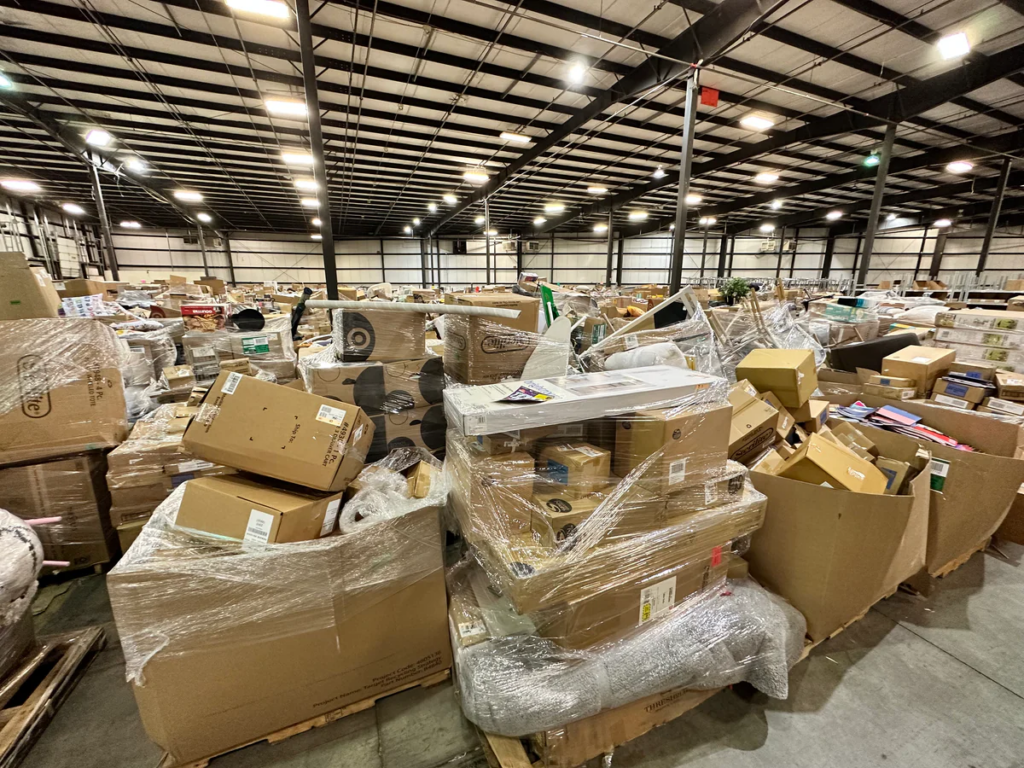Online auctions have become a popular way to buy and sell returns and overstock items. They offer a variety of advantages over traditional brick-and-mortar auctions, including convenience, accessibility, and a wider selection of items. However, in order to be successful, online auction sellers need to carefully catalog their items. This includes providing accurate and detailed information about each item, as well as high-quality photos.

Problem & Solution
Problem
A reseller recently purchased a truckload of customer returns from a major hardware retailer. While retailer claimed the overall retail value of this truckload was approximately $60,000 and has about 1,000 pieces of a variety of inventory. Their problem was receiving the inventory into their system and having to create the item content for each item. This laborious process could take about 8 to 10 minutes per item, sometimes as much as 30 minutes per item. Second, there was no analysis of the products, what was received compared to the manifest, the purchase order details and what the items sold for.
Solution
Once the reseller bought the truckload of inventory, they received a manifest of all the items which included the UPC code or other form of identification number which could be scanned into the cataloging system. What took them 8 minutes to receive and create an item now only takes seconds. The manifest included all purchasing information and was connected to all sales for deep analysis of the products bought.
The Importance of Accurate and Detailed Cataloging
Accurate and detailed cataloging is essential for online auction sellers for a number of reasons. First, it helps to ensure that buyers have a clear understanding of what they are bidding on. This is important for both the buyer and the seller. For the buyer, it helps to avoid disappointments when the item arrives. For the seller, it helps to avoid returns and negative feedback.
Second, accurate and detailed cataloging can help to attract more bidders. When buyers can see clear and concise information about an item, they are more likely to be interested in bidding. This can lead to higher prices for the seller.
Third, accurate and detailed cataloging can help to prevent fraud. By providing accurate information about an item, sellers can make it more difficult for buyers to claim that they were misled. This can protect sellers from legal liability.




Recent Comments